Tandoori Spice: A Spicy Journey Through Global Flavors
Table of Contents
Introduction to Tandoori Spice
Tandoori spice is a vibrant, aromatic blend that has captured the hearts of food lovers around the world. Originally from the Indian subcontinent, this spice mix is known for its bold flavor and versatility. Whether you're grilling chicken, marinating vegetables, or even baking bread, tandoori spice adds a unique depth of flavor that can transform any dish.
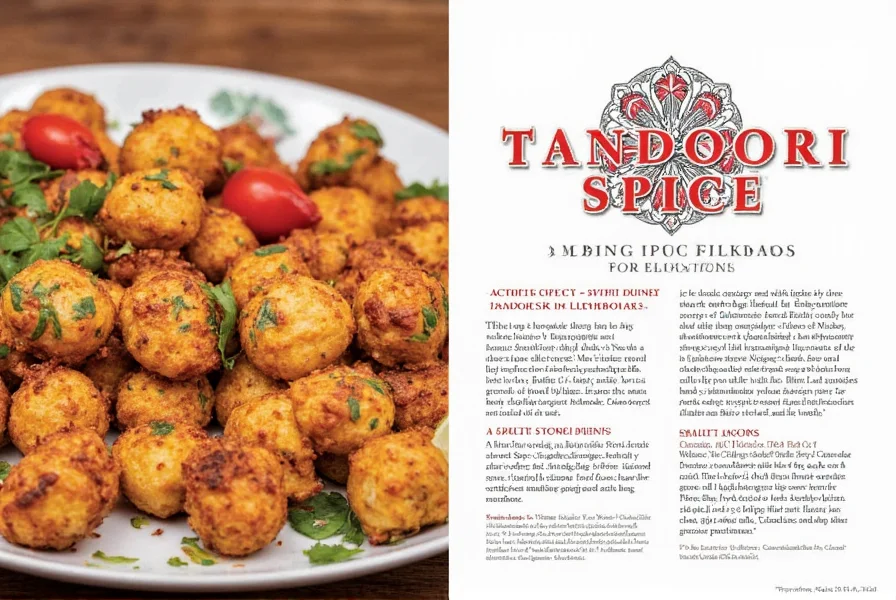
The name 'tandoori' comes from the traditional clay oven used in Indian cooking, called a tandoor. This method of cooking imparts a smoky, charred flavor that pairs perfectly with the rich spices in the mix. While the tandoor is a classic tool, modern cooks can achieve similar results using grills, ovens, or even a cast-iron skillet.
Global Spice Traditions and Tandoori
Spices have always been central to global cuisines, and tandoori spice is no exception. Though it's deeply rooted in Indian culinary traditions, its influence has spread far and wide. In countries like Pakistan, Bangladesh, and even parts of the Middle East, tandoori-style dishes are popular, often featuring variations of the original spice blend.
One of the most fascinating aspects of tandoori spice is how it adapts to different cultures. For example, in some regions, it might be paired with yogurt-based marinades, while in others, it could be used in dry rubs for grilled meats. This adaptability makes it a favorite among both amateur cooks and professional chefs alike.
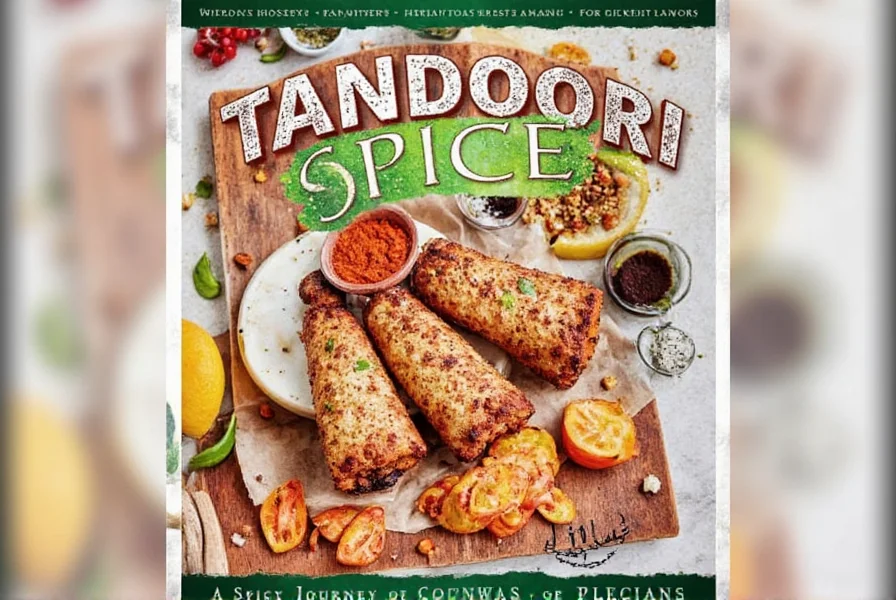
Let’s take a closer look at how tandoori spice fits into the broader tapestry of global spice traditions. From the fiery curries of South Asia to the smoky barbecues of the Middle East, the use of spices is not just about flavor—it's about culture, history, and identity.
The Tandoori Spice Mix Explained
If you’ve ever wondered what makes tandoori spice so special, it’s all in the blend. While the exact recipe can vary by region and personal preference, a typical tandoori spice mix includes the following key ingredients:
- Cumin: Adds an earthy, nutty flavor.
- Coriander: Offers a citrusy, slightly sweet note.
- Garam Masala: A warm, aromatic blend that enhances the overall flavor profile.
- Paprika: Provides a mild heat and a beautiful red color.
- Cayenne Pepper: Adds a kick of heat (optional).
- Garlic Powder: Enhances the savory depth.
- Onion Powder: Adds sweetness and complexity.
- Salt: Balances and intensifies the other flavors.
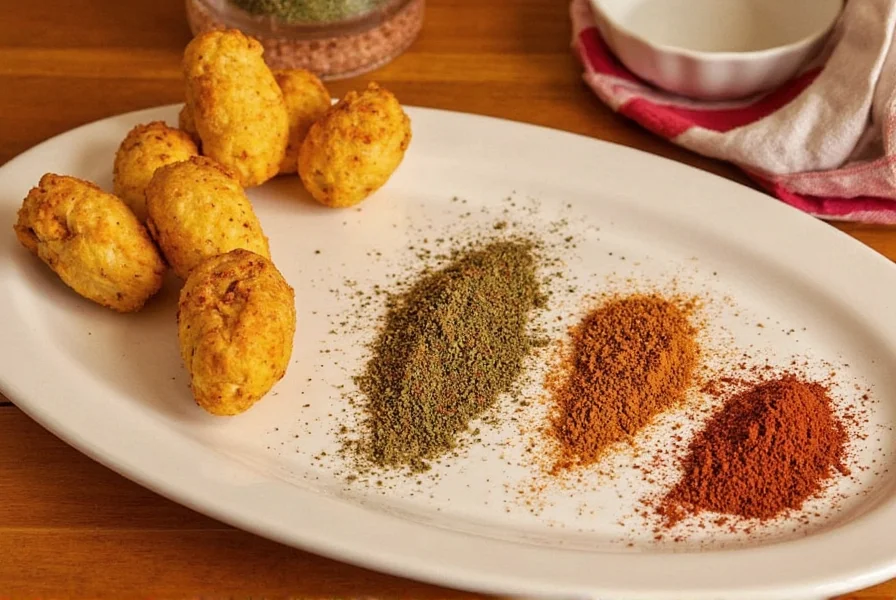
These ingredients work together to create a complex, layered flavor that’s both spicy and fragrant. The combination of cumin and coriander gives it a warm base, while the paprika and cayenne add a touch of heat. Garam masala is the secret ingredient that brings everything together, giving the spice mix its signature warmth and depth.
It's worth noting that many commercial tandoori spice blends may include additional ingredients like turmeric, black pepper, or even chili flakes. These variations are fine, but if you want the authentic taste, stick to the core components listed above.
Practical Tips for Using Tandoori Spice
Whether you're a seasoned chef or a home cook, here are some practical tips to help you make the most of your tandoori spice:
Tip 1: Use It as a Marinade
One of the best ways to use tandoori spice is as a marinade. Mix it with yogurt, lemon juice, and a bit of oil to create a flavorful paste. Let your meat or vegetables sit in this mixture for at least 30 minutes—ideally, overnight—to allow the flavors to penetrate deeply.
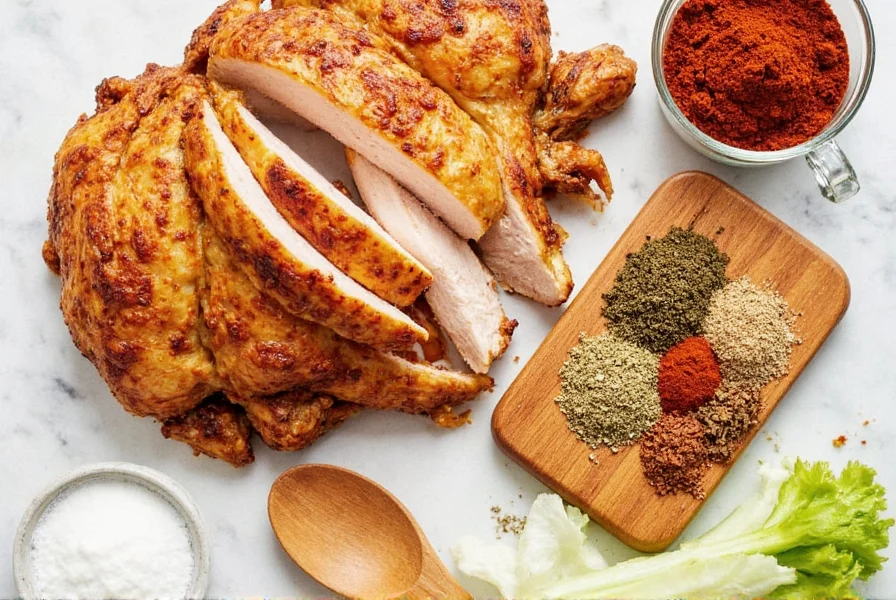
Tip 2: Adjust the Heat Level
The level of heat in tandoori spice can vary depending on the amount of cayenne pepper or chili powder used. If you prefer a milder version, simply reduce or omit these ingredients. For those who love a spicy kick, feel free to add more.
Tip 3: Experiment with Different Dishes
While tandoori spice is commonly associated with chicken, it's incredibly versatile. Try using it in:
- Grilled vegetables (like bell peppers, eggplant, and zucchini)
- Stuffed bell peppers
- Baked potatoes
- Roasted chickpeas
- Even in soups or stews for added depth
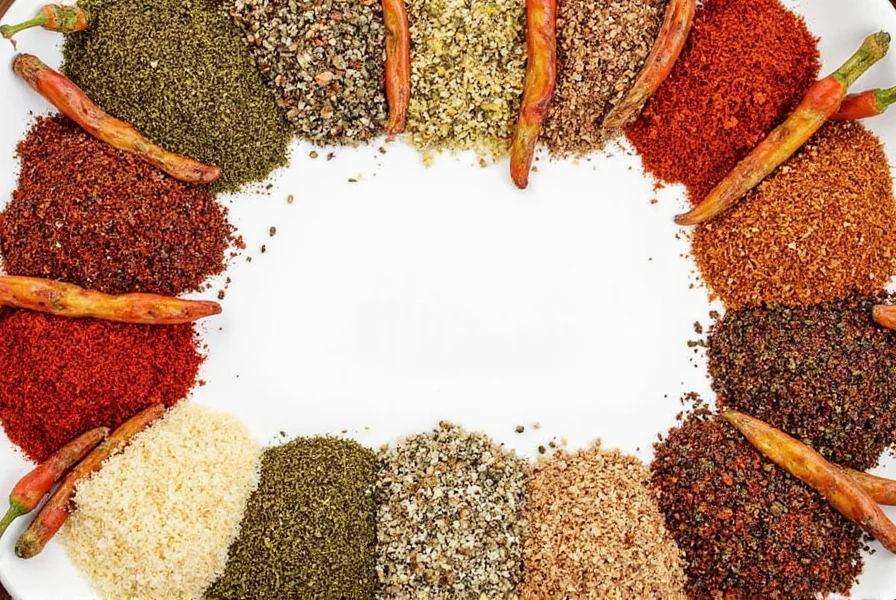
Tip 4: Make Your Own Blend
Instead of buying pre-made tandoori spice, why not try making your own? You can easily customize the blend to suit your taste. Just combine the essential spices in your desired proportions and store them in an airtight container.
Tip 5: Pair It With the Right Ingredients
Tandoori spice works well with a variety of ingredients. Some great pairings include:
- Yogurt (for marinades)
- Lemon or lime juice (to brighten the flavors)
- Garlic and ginger (for extra depth)
- Coconut milk (for a creamy twist)
These combinations help bring out the best in the spice mix and create a balanced, delicious dish.
Buying Guide for Tandoori Spice
If you’re looking to buy tandoori spice, there are several factors to consider. Here’s a detailed guide to help you choose the right product:
Product 1: Premium Tandoori Spice Mix
This high-quality blend is made with all-natural ingredients and contains no artificial additives. It’s perfect for those who want an authentic, homemade flavor without the hassle of grinding spices themselves.
- Features: Natural, no preservatives, rich flavor
- Advantages: Easy to use, consistent quality
- Use Cases: Grilling, roasting, marinating
- Target Audience: Home cooks and food enthusiasts
- Suitable Occasions: Family dinners, BBQs, parties
Product 2: Organic Tandoori Spice
If you're concerned about the source of your ingredients, this organic option is a great choice. It’s made from certified organic spices and is ideal for those who follow a plant-based or health-conscious lifestyle.
- Features: Certified organic, no synthetic pesticides
- Advantages: Healthier option, eco-friendly
- Use Cases: Cooking, baking, seasoning
- Target Audience: Health-conscious individuals
- Suitable Occasions: Lunches, snacks, light meals
Product 3: Ready-to-Use Tandoori Rub
This convenient option is perfect for busy people who want to save time. It’s a pre-mixed spice blend that’s ready to apply directly to meats or vegetables before cooking.
- Features: Pre-mixed, easy to use
- Advantages: Saves time, consistent flavor
- Use Cases: Grilling, smoking, roasting
- Target Audience: Busy professionals, grill masters
- Suitable Occasions: Quick dinners, backyard gatherings

Product 4: DIY Tandoori Spice Kit
For those who enjoy cooking and experimenting, a DIY kit is an excellent way to start. It typically includes individual spices and instructions for mixing your own tandoori blend.
- Features: Includes all necessary spices, customizable
- Advantages: Fun, educational, cost-effective
- Use Cases: Cooking, teaching, family activities
- Target Audience: Foodies, educators, families
- Suitable Occasions: Cook-offs, workshops, family meals
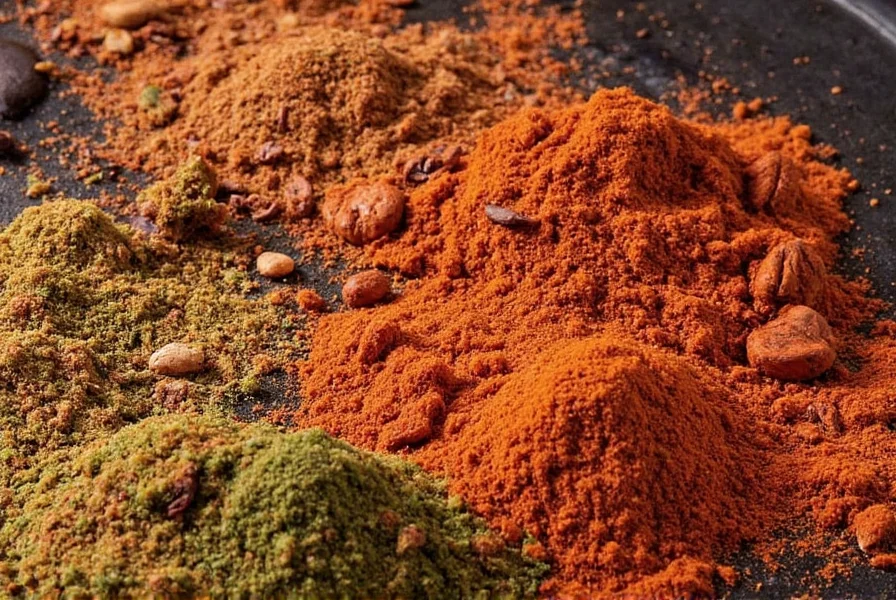
Conclusion
Tandoori spice is more than just a blend of herbs and spices—it’s a symbol of cultural richness and culinary creativity. Its deep, smoky flavor and versatility make it a must-have in any kitchen. Whether you’re grilling, roasting, or marinating, tandoori spice can elevate your dishes to new heights.
From its origins in India to its widespread popularity across the globe, tandoori spice continues to inspire and delight. So next time you reach for a spice jar, consider adding a pinch of tandoori spice to your plate and let the flavors transport you to a world of rich, exotic tastes.
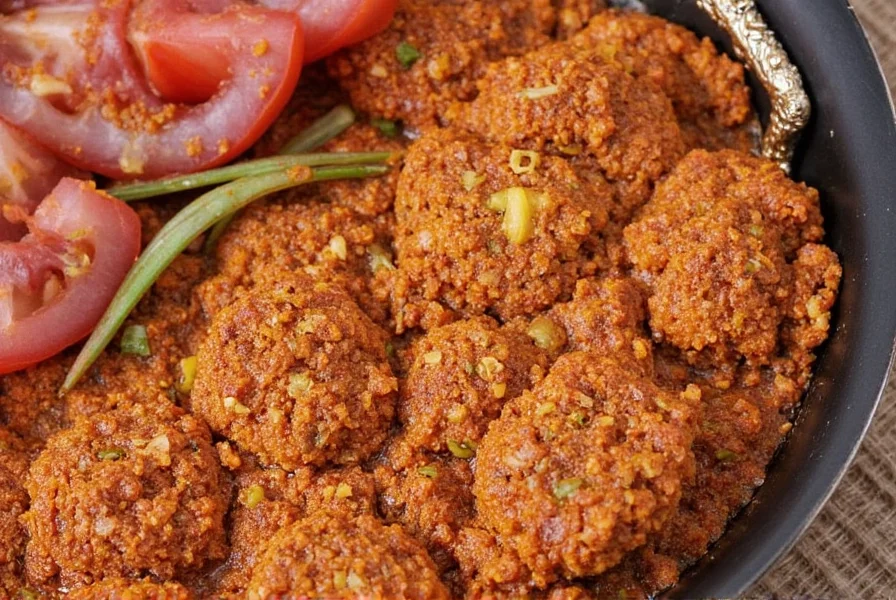
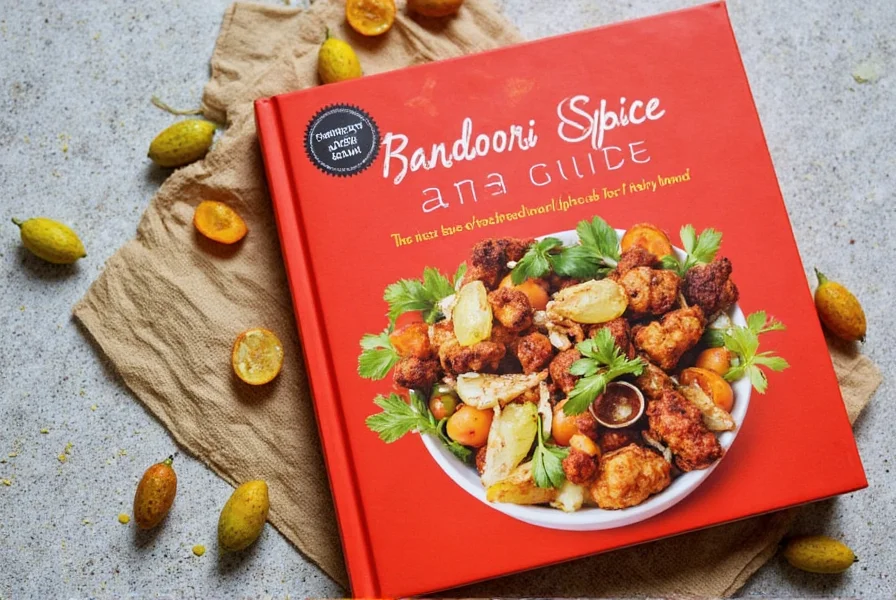
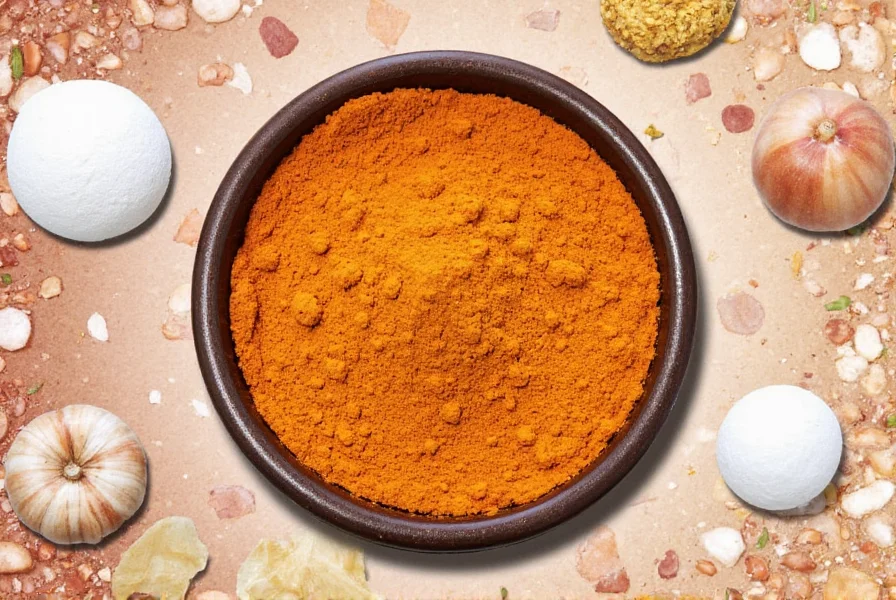
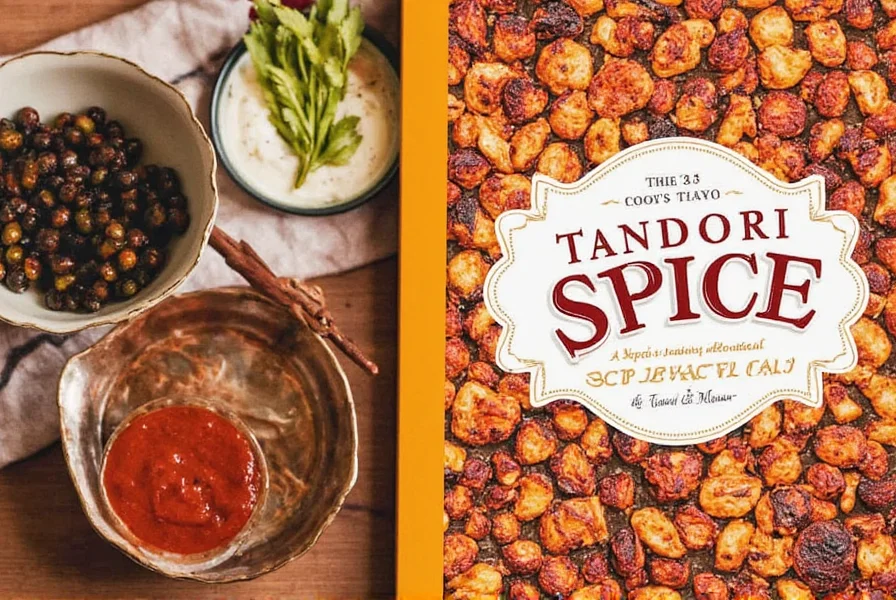










 浙公网安备
33010002000092号
浙公网安备
33010002000092号 浙B2-20120091-4
浙B2-20120091-4